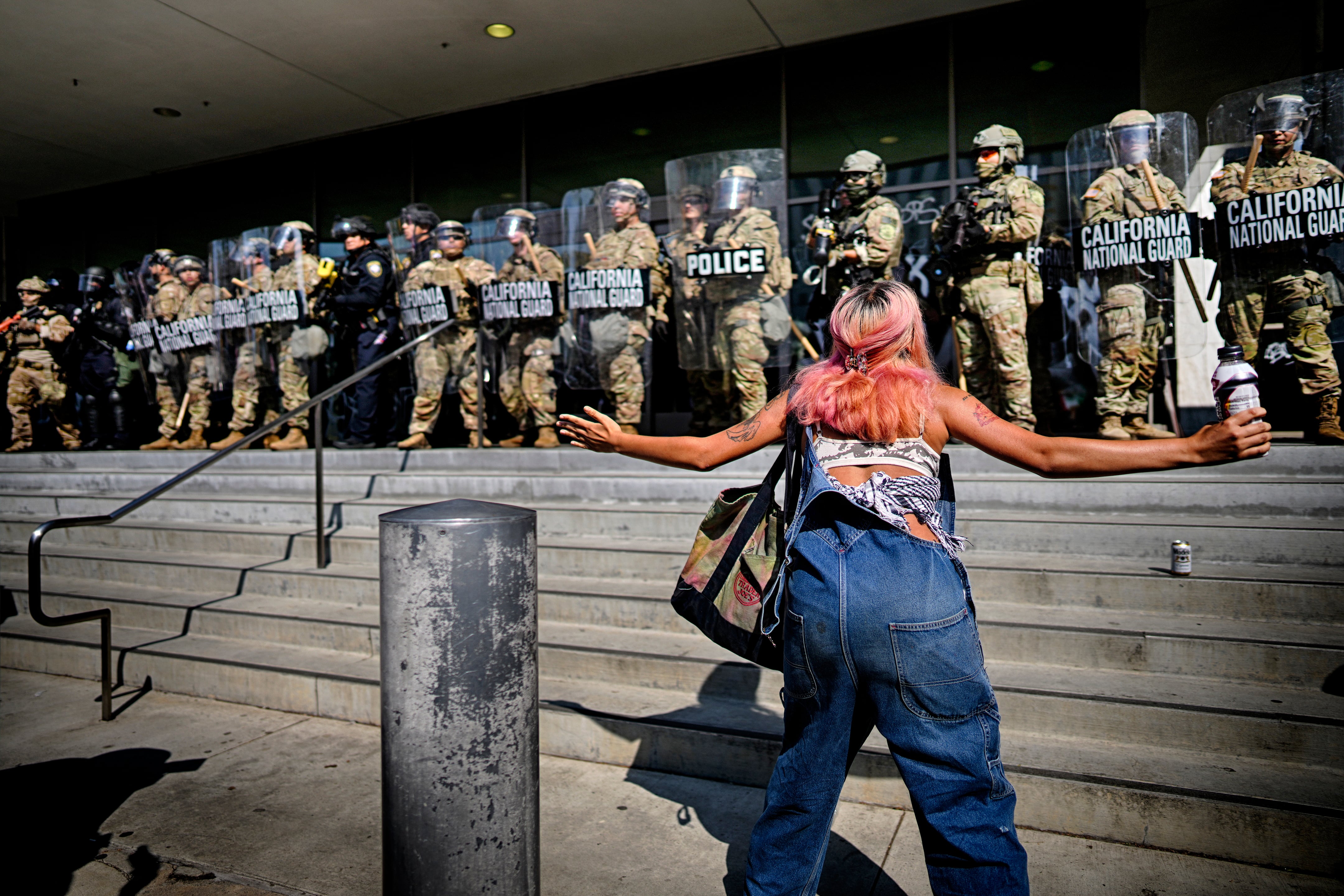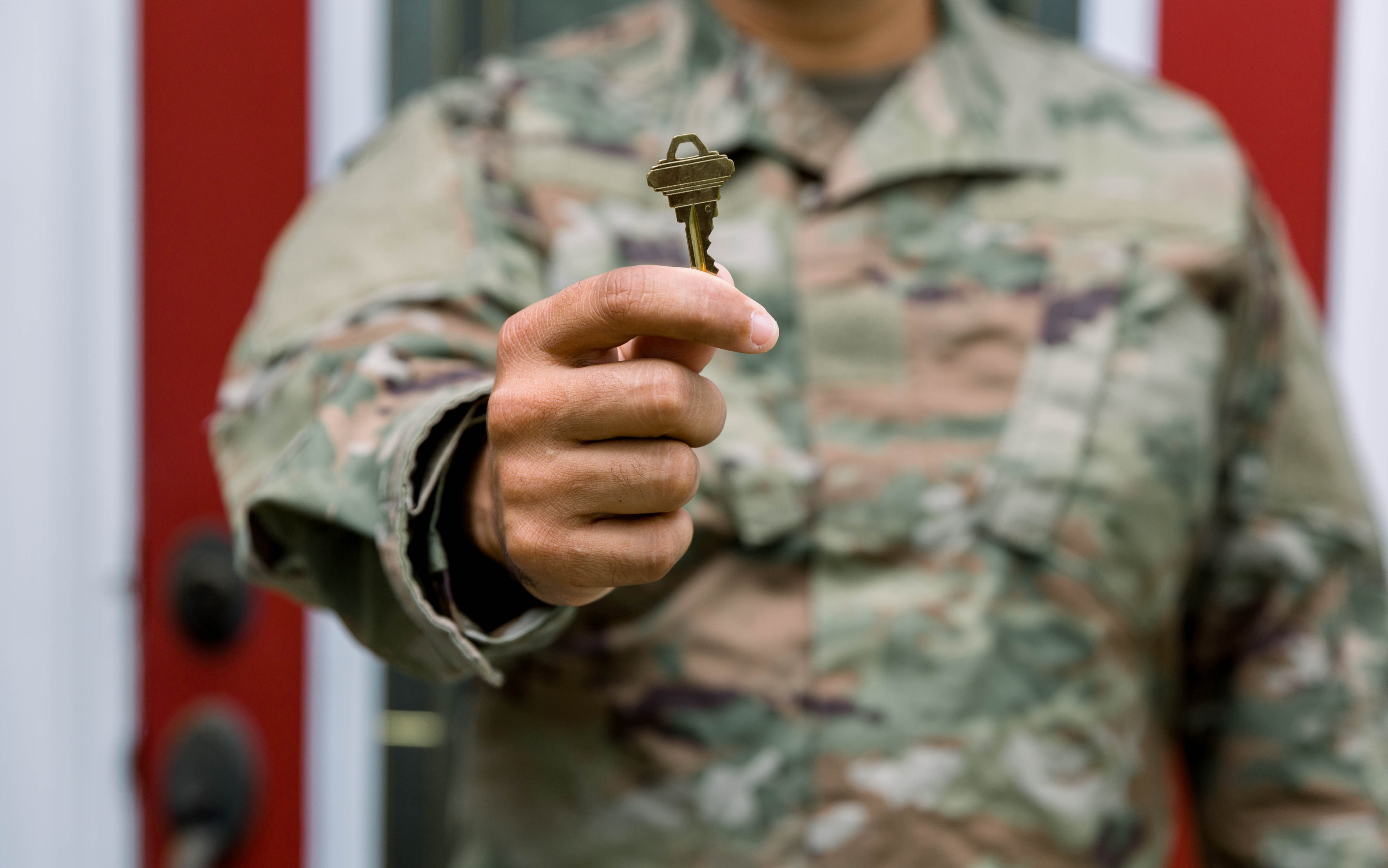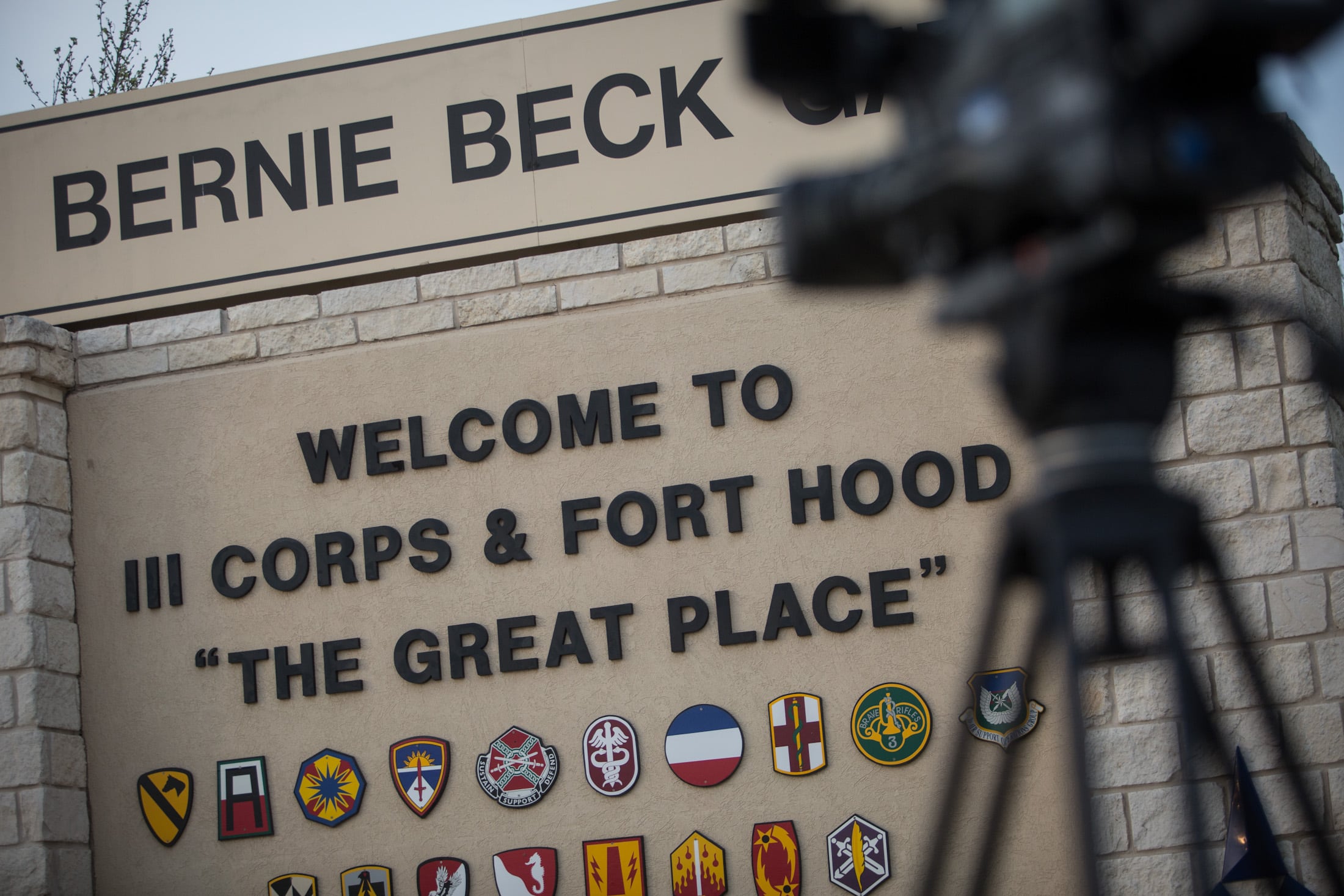Thirty-three years after the National Guard was first called to enter Los Angeles, its members are once again back in The City of Angels — this time under different circumstances.
Codified in the 1903 Militia Act and the National Defense Act of 1916, the 54 National Guard units of today are a part-time reserve force that serve either the state or federal governments in times of emergency or war.
Since then, the vast majority of the Guard’s domestic deployments have been to keep the peace during civil unrest or provide assistance during natural disasters.
Presidents have rarely federalized the National Guard to intervene in protests on U.S. soil, but since the latter half of the 20th century there has been an upward tick in their utility.
According to The Washington Post, “State officials have a range of tools available to them to deal with civil disturbance, including local, state and federal law enforcement, or even federal troops. They rarely request the National Guard’s assistance — and federal officials doing so is even more uncommon.”
In 1992, at the request of California’s Republican governor, Pete Wilson, and the Democratic mayor of Los Angeles, Tom Bradley, President George H.W. Bush ordered thousands of National Guard troops to Los Angeles to quell one of the city’s worst riots following the arrest and beating of Rodney King.
Dozens of people were killed, and more than 1,500 people were injured as tensions over the acquittal of the police officers who beat King boiled over. An estimated $500 million in property damages further racked the city.
President Donald Trump’s ordering of 2,000 California National Guard troops to enter the city this month differs from 1992 event, however.
The California National Guard was ordered to deploy to Los Angeles to intervene against the growing discontent and protests against the Trump administration’s immigration policies and raids by U.S. Immigration and Customs Enforcement. Trump’s order was in direct contravention to California Gov. Gavin Newsom’s wishes.
RELATED

Instead of invoking the Insurrection Act, which Bush used in 1992, Trump used Section 12406 of Title 10 of the U.S. Code. The provision allows for the federal government to utilize the National Guard in the event that there is “a rebellion or danger of a rebellion against the authority of the Government of the United States; or the President is unable with the regular forces to execute the laws of the United States.”
Newsom pushed back on these claims.
On June 8, Newsom shared on X a letter he addressed to Defense Secretary Pete Hegseth, in which he “formally requested the Trump Administration rescind their unlawful deployment of troops in Los Angeles county and return them to my command. We didn’t have a problem until Trump got involved. This is a serious breach of state sovereignty — inflaming tensions while pulling resources from where they’re actually needed. Rescind the order. Return control to California.”
Trump’s order is the first time a president has called upon the National Guard without a governor’s consent in over six decades.
In 2006, President George W. Bush considered federalizing the Louisiana National Guard in the aftermath of Hurricane Katrina but abandoned such plans after Kathleen Blanco, the state’s Democratic governor, opposed it.
“There is not a governor in this country, four territories, or the mayor of Washington, D.C., who would give up control of the National Guard,” Blanco later told a Senate Homeland Security and Governmental Affairs Committee hearing. “You absolutely have to have the law enforcement capacity of the Guard in these circumstances.”
Newsom sued Trump and Hegseth on June 9, claiming the act surpassed the authority of the federal government and violated the Tenth Amendment.
“Let me be clear,” California Attorney General Rob Bonta said in a statement that same day. “There is no rebellion. The President is trying to manufacture chaos and crisis on the ground for his own political ends.”
In an interview with CNN, the city’s mayor, Karen Bass, doubled down, stating, “This is not citywide civil unrest taking place in Los Angeles. A few streets downtown — it looks horrible.”
She added that those found to be committing acts of vandalism would be arrested and prosecuted.
RELATED

Since the Civil War, there have been several significant instances when the National Guard was called upon to restore order, including President Dwight D. Eisenhower famously deploying troops to Little Rock, Arkansas, in 1957 after the integration of an all-white Central High School.
President John F. Kennedy activated the Mississippi National Guard in 1962 to enforce the integration of the University of Mississippi, and he did so once again in 1963 against the wishes of Alabama Gov. George Wallace to integrate the University of Alabama.
In 1965, the federal government, then led by President Lyndon B. Johnson, went against the wishes of Wallace a second time and called upon the National Guard to restore order after peaceful civil rights activists were brutally attacked by Alabama State Troopers outside of Selma.
Guard members were called upon during the 1967 Detroit “Uprising,” in which the city witnessed five days of intense and violent protests over police brutality. They were also activated after riots shook Washington, Chicago, Baltimore and other U.S. cities following the assassination of Martin Luther King Jr. in 1968.
Presently, the California National Guard are not deployed under the Insurrection Act, which means, The Washington Post reported, that they cannot perform law enforcement operations, such as immigration raids, arrests and home searches. Instead, they can only perform logistics and other support missions.
Claire Barrett is the Strategic Operations Editor for Sightline Media and a World War II researcher with an unparalleled affinity for Sir Winston Churchill and Michigan football.




